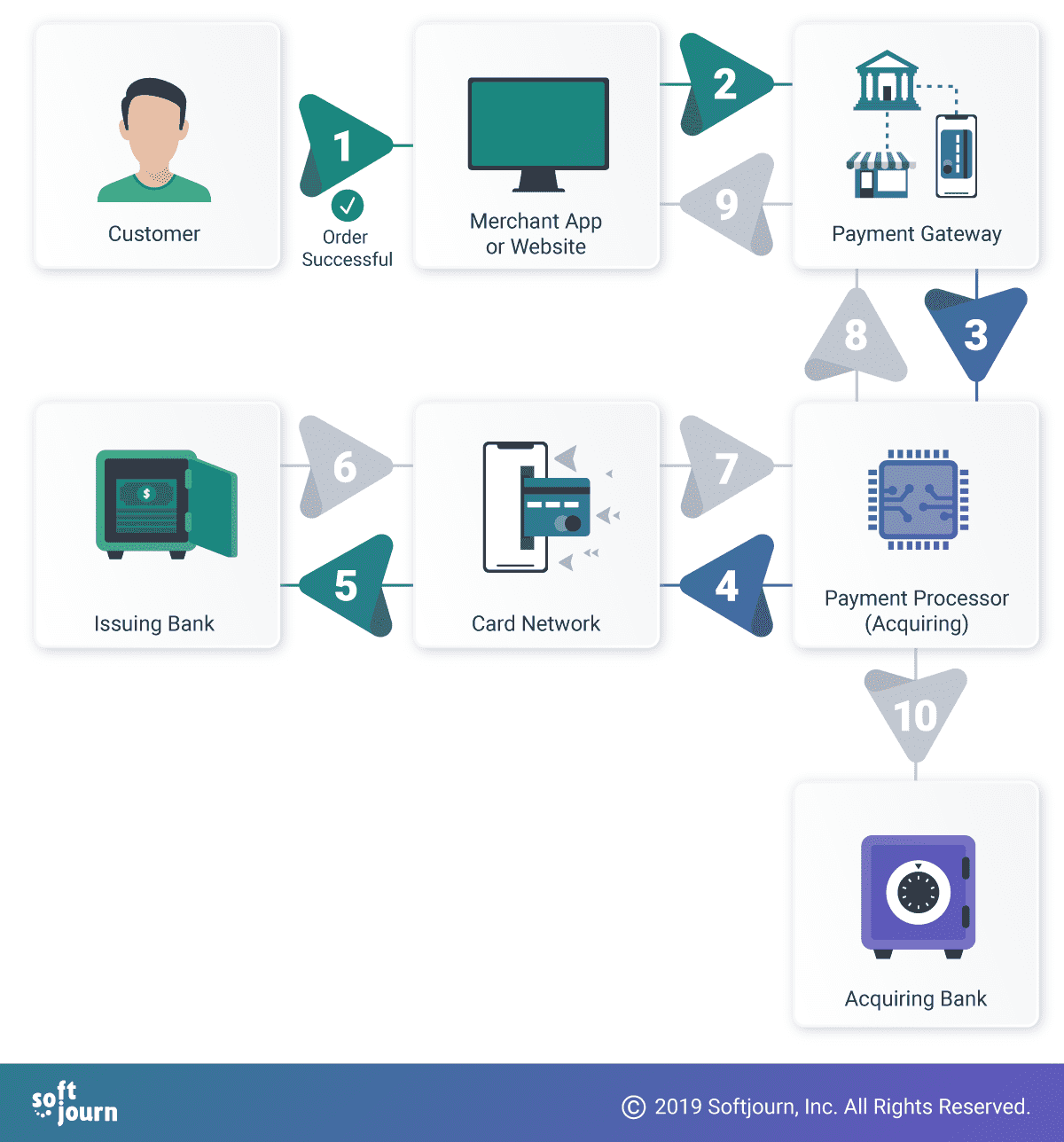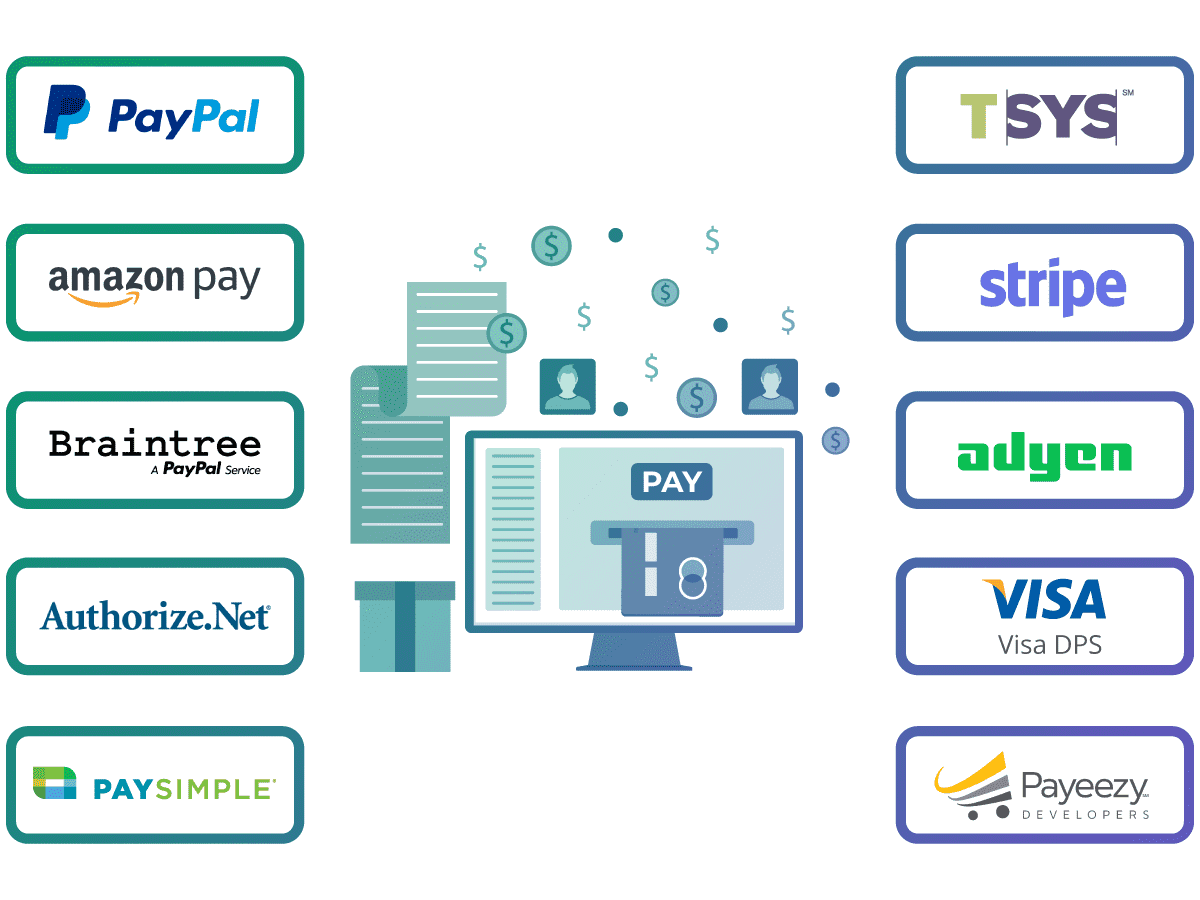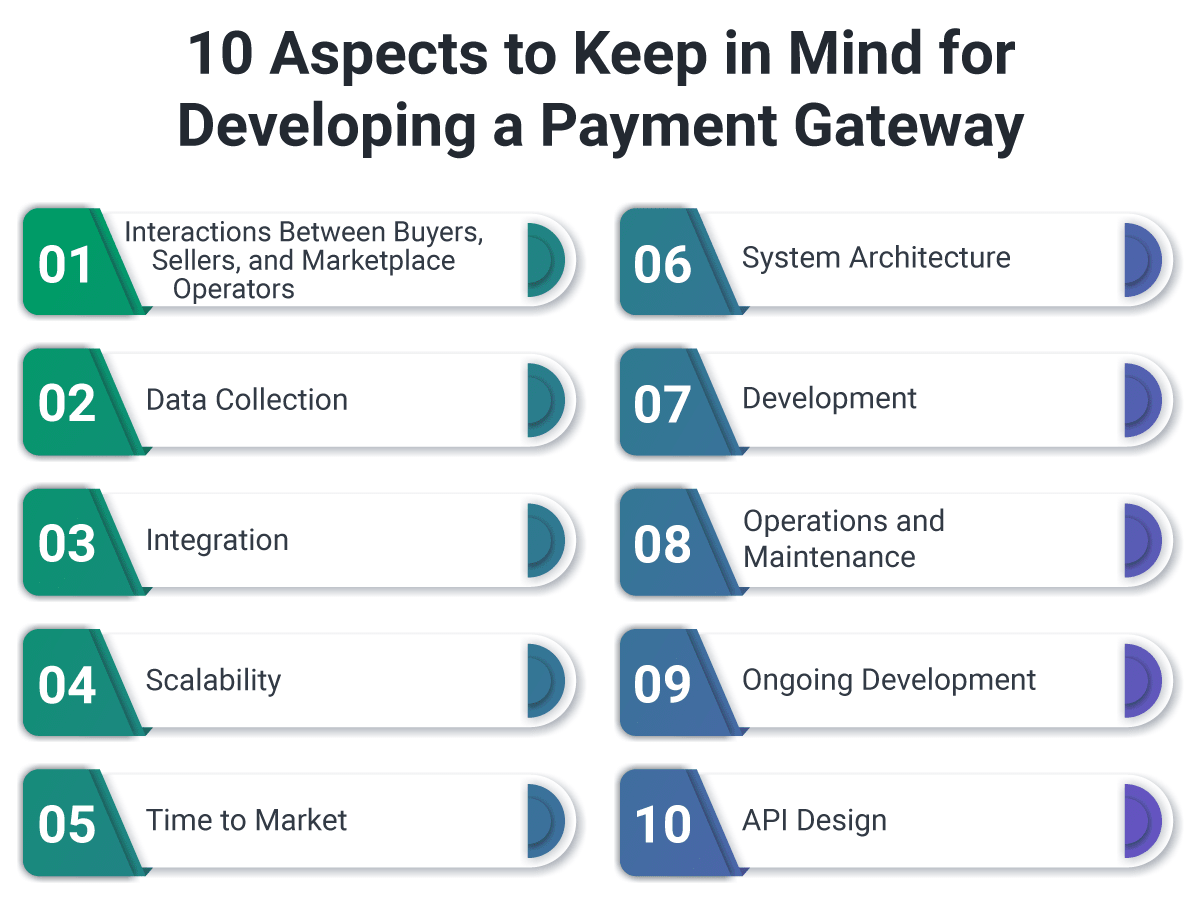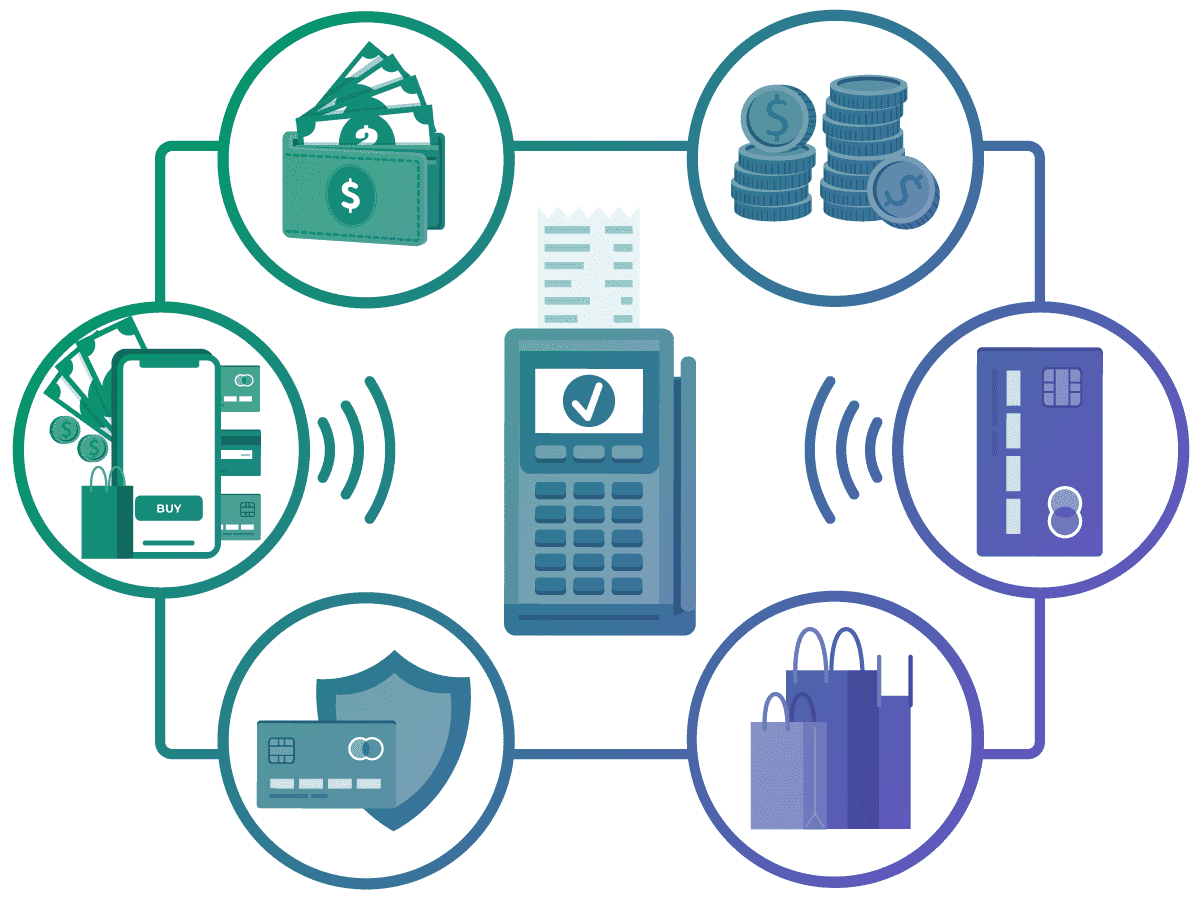For many businesses, creating a secure and effective payment solution is of great importance, whether you opt to construct your own payment gateway or consider other possibilities.
By making well-informed choices and utilizing the knowledge of industry experts, businesses can position themselves at the forefront of payment processing, fostering growth and achieving success in their operations.
In my previous article, we I discussed the
advantages and challenges of building a payment gateway. If you’re contemplating building a payment gateway and want to delve into the logistics, this article is for you.
I’ll answer common questions about costs, time estimates, and the required technology stack, as well as outline key considerations for your development strategy.
Building a Payment Gateway: Where to Begin?
When considering building a payment gateway, your initial step isn’t necessarily consulting developers or fintech consultants. Instead, you need to establish business relationships with a
payment processor or acquiring bank.
To offer a payment gateway service, you need a connection, which is provided by a payment processor. This entity moves transactions through the payment network and may also act as an acquiring bank in some cases.

Your chosen processor will supply the technical details for integrating your gateway with their system, potentially requiring multiple partnerships for accepting various payment types.
Otherwise, you can use an acquiring bank, which provides merchant accounts needed to accept digital payments. They assume a level of risk associated with your business, including chargebacks, refunds, ACH returns, and potential fraud.
Check carefully whether your chosen financial institution can set up a merchant account tailored to your needs.
How Much Does it Cost to Build a Payment Gateway?
Building a minimum viable product (MVP) for a payment gateway typically costs between $200K and $250K, with variations depending on desired functionality. This MVP would enable credit and debit card payments.
More affordable options may be customizing an existing payment gateway or integrating a
third-party payment gateway.
What Technology Does a Payment Gateway Require?
A payment gateway, a crucial component of e-commerce and online transactions, relies on several key technologies to facilitate secure and seamless payment processing.
First and foremost, robust encryption protocols, such as
Secure Socket Layer (SSL) and Transport Layer Security (TLS), are essential to ensure the confidentiality and integrity of sensitive payment information.
Additionally, Payment Card Industry Data Security Standard (PCI DSS) compliance is a prerequisite, involving various security measures and best practices to protect cardholder data.
To facilitate the actual transaction, payment gateways require integration with various payment methods, including credit cards, debit cards, digital wallets, and even cryptocurrency options. They also must employ sophisticated fraud detection and prevention mechanisms, often utilizing machine learning algorithms and artificial intelligence to identify and mitigate potential risks.
Your payment processor will provide integration specifications, guiding your technology choices for building the payment gateway. If you plan to accept various payment types, you may need additional specifications from other processors or acquirers.

How Long Does it Take to Build a Payment Gateway?
Creating a payment gateway from scratch can take years. An alternative is licensing a white label product, which can be operational within months. Integration with processors or acquirers may also take months or years, affecting market viability.
For an MVP payment gateway, expect roughly six months of development, subject to specific requirements.
Can My Payment Gateway Operate in Other Countries?
Expanding your payment gateway operations to multiple countries can be a strategic move to tap into a global customer base. However, achieving success in different regions comes with various challenges and considerations.
One of the fundamental factors to address is partnering with payment processors or acquirers that have a presence and support in those specific countries. These processors have established connections with local banks and financial institutions, which is crucial for handling international transactions efficiently.
You must also ensure that your payment gateway technology is adaptable to meet these regulatory demands and compliance protocols. This involves addressing issues such as data protection, tax regulations, currency conversion, and even consumer protection laws.
Additionally, consider the capability of integrating with diverse payment methods commonly used in those regions, such as preferred local payment cards, e-wallets, or alternative payment systems. You’ll also need to have multi-lingual and multi-currency support to provide a seamless and familiar payment experience to customers worldwide.

Other Key Considerations for Developing a Payment Gateway
Developing a payment gateway requires careful planning. Consider the following aspects:
1. Interaction Flows: Define how buyers, sellers, and the platform interact. Consider data collection, customer types, marketplace type, legal requirements, multi-party transactions, and multi-currency support.
2. Data Handling: Ensure secure handling of customer and financial data while complying with financial regulations and data protection policies.
3. Integration: Decide how to integrate payment service providers into your gateway, considering user experience and payment method availability.
4. Scalability: Plan for future transaction volumes and workload to avoid growth-related issues.
5. Time to Market: Complex systems take longer to develop, so balance functionality with time constraints. Consider using existing payment gateways for a quicker launch.
6. System Architecture: Outline technical details, including deployment, monitoring, and security.
7. Development: Choose the right team, focus on automation, code with security in mind, and add dispute resolution interfaces.
8. Operations and Maintenance: Ensure ongoing support and bug resolution, either through internal teams or external specialists.
9. Ongoing Development: Payment gateways are continuously evolving, so be prepared to add new features and payment methods.

Final Word: Factors for Success
A successful payment gateway hinges on security, functionality, usability, and user experience. Experimentation, adaptation, and adherence to these principles are key. Whether you build your payment gateway in-house or partner with a
payment processessing development company, your choice can add value and profit to your business.
In today’s digital landscape, the development of a secure and efficient payment solution is crucial. By making informed decisions and leveraging industry expertise, businesses can excel in payment processing, driving growth and success in their operations.
- SEO Powered Content & PR Distribution. Get Amplified Today.
- PlatoData.Network Vertical Generative Ai. Empower Yourself. Access Here.
- PlatoAiStream. Web3 Intelligence. Knowledge Amplified. Access Here.
- PlatoESG. Carbon, CleanTech, Energy, Environment, Solar, Waste Management. Access Here.
- PlatoHealth. Biotech and Clinical Trials Intelligence. Access Here.
- Source: https://www.finextra.com/blogposting/25171/how-much-does-it-cost-to-build-a-payment-gateway—and-other-frequently-asked-questions?utm_medium=rssfinextra&utm_source=finextrablogs



